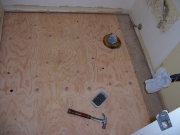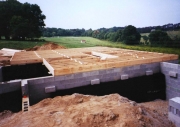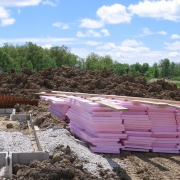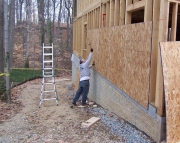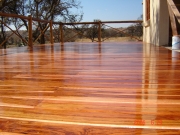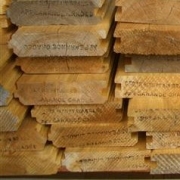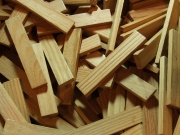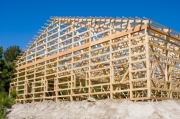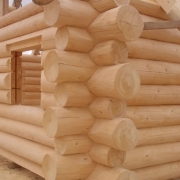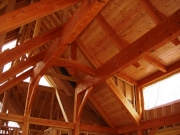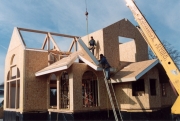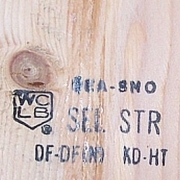Log construction refers to a building technique in which a structure is built from logs that have not been milled into conventional lumber. Log buildings are formed by horizontally stacking logs and interlocking their ends with notches. The origin of this type of construction is uncertain, but it is believed to date back to Northern Europe during the Bronze Age. When Europeans settled in America during the 17th and 18th centuries, they utilized this knowledge of handcrafted log construction to create shelter. In 19th century American politics, log cabins came to symbolize humble beginnings, since no fewer than seven U.S. Presidents were born in log homes. Throughout history, log construction was used for homes, churches, schools, barns, mills, commercial buildings, and outbuildings. Typically built in rural settings, this rustic architecture style can be built in any climate. Today log construction can be seen in elaborate homes as well as in simple cabins, built from handcrafted or milled logs, with different styles and options.
